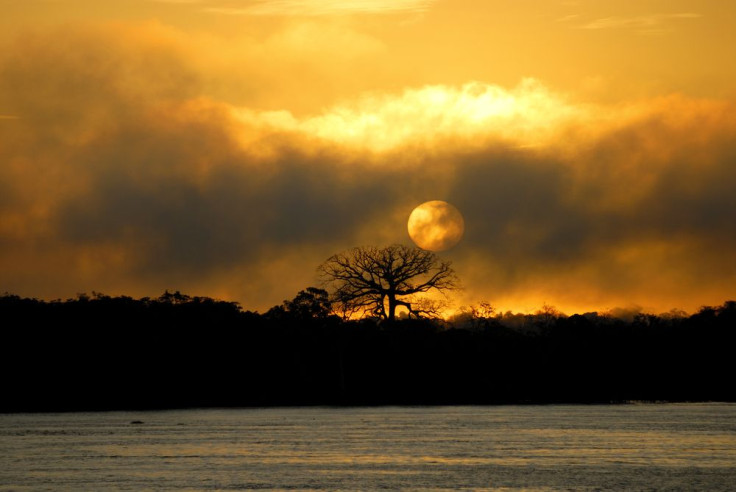
There was a time when the Amazon river flowed from east to west -- the opposite direction than it flows right now -- but some ten million years ago the flow of the river changed from west to east. It was one of the greatest mysteries to know why and how a river can switch the direction of its flow. But now scientists from The University of Sao Paulo reportedly have an answer as to what caused the river to flow in the opposite direction.
According to their findings, published in Earth and Planetary Science Letters, the one simple cause for this change is erosion. "Most of what is now the Amazon basin was drained by a river that flowed west into a giant lake that lay at the feet of the northern Andes," explains IFLScience. "From there the water flowed north to the Caribbean Sea. Since the Isthmus of Panama had yet to form, this water was then swept west into the Pacific."
Initially, geologists predicted that the changes had to do with the planet itself -- when Africa and South America broke up, the water changed its course. But Dr. Victor Sacek, a geophysicist at the University of São Paulo in Brazil, found that when the South American plate rode over the Nazca Plate, forming the rise of the Andes mountains, the erosion triggered a change in the direction of the water flow.
“Erosion and sedimentation are powerful forces,” says Jean Braun, a geophysicist at Joseph Fourier University in Grenoble, France to Science magazine, adding that "they do so with the right timing."
© 2025 Latin Times. All rights reserved. Do not reproduce without permission.




